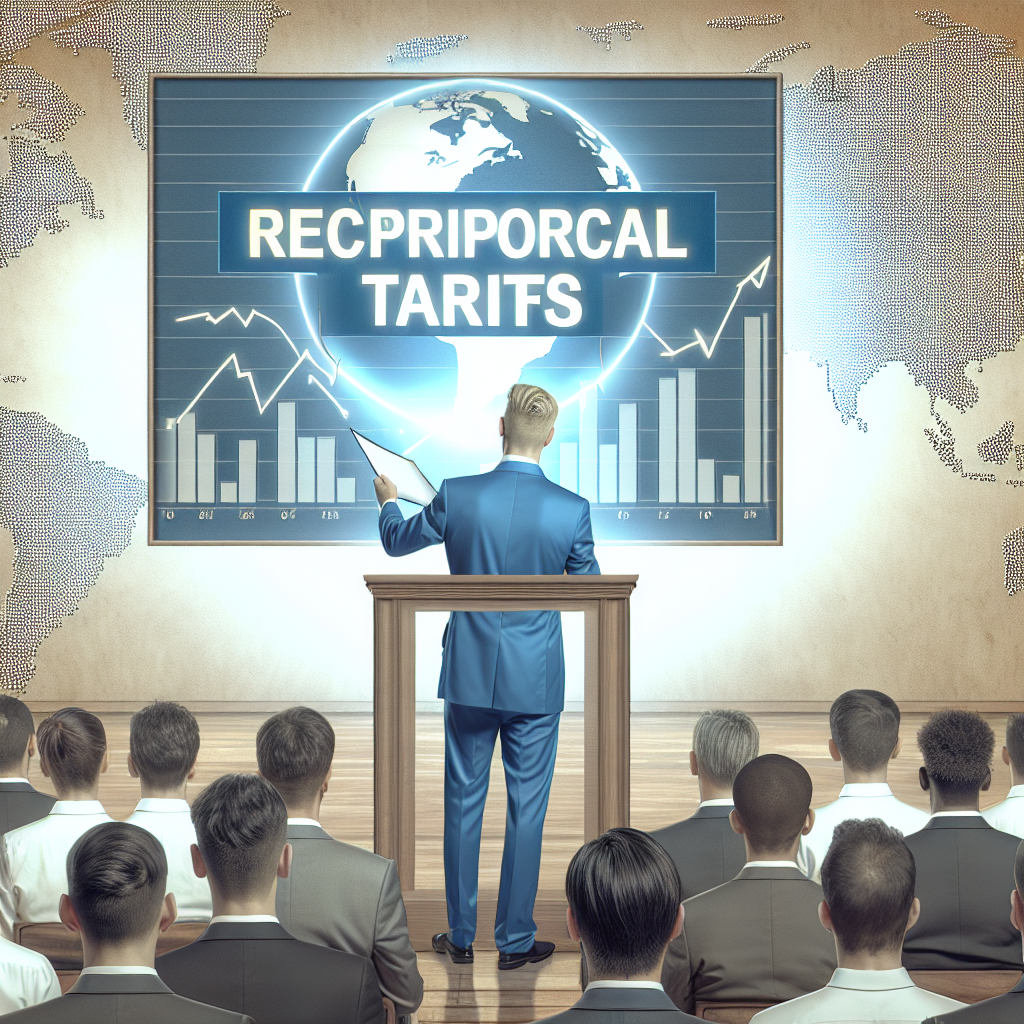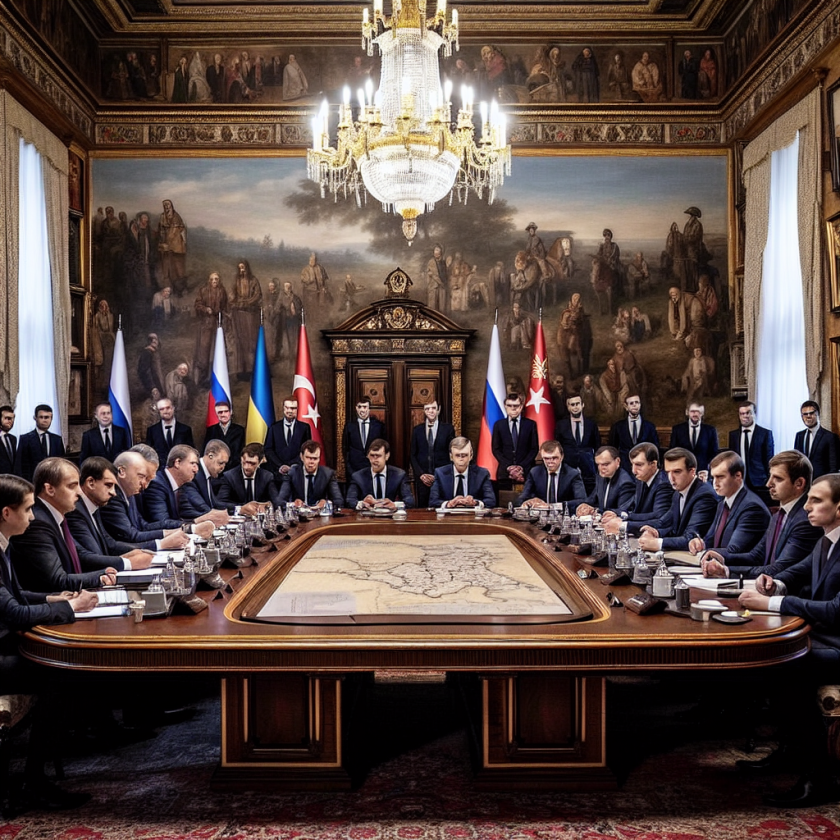Trump Introduces “Reciprocal Tariffs” as Global Trade Tensions Rise
Trump Introduces “Reciprocal Tariffs” Amid Rising Global Trade Tensions
Overview of the Situation
In a bold move that has captured global attention, former President Donald Trump has announced the introduction of “reciprocal tariffs” as a strategic response to escalating trade tensions worldwide. This development marks a significant shift in the U.S. trade policy landscape, aiming to address perceived imbalances in international trade practices.
Key Features of the Reciprocal Tariffs
- Targeted Approach: The tariffs are designed to mirror the duties imposed by other countries on U.S. goods, creating a level playing field.
- Focus on Fairness: The initiative seeks to ensure that American products face equivalent tariffs abroad as foreign goods do in the U.S.
- Strategic Implementation: The tariffs will be applied selectively, targeting countries with significant trade surpluses with the U.S.
Global Reactions and Implications
The announcement has elicited mixed reactions from international trade partners and economic analysts. While some view it as a necessary step to protect domestic industries, others warn of potential retaliatory measures that could exacerbate global trade tensions.
- Support from Domestic Industries: Many U.S. manufacturers and agricultural sectors have expressed support, hoping for increased competitiveness.
- Concerns from Trade Partners: Key trading partners, including the European Union and China, have voiced concerns over the potential for a trade war.
- Economic Analysts’ Perspectives: Experts are divided, with some predicting short-term gains for the U.S. economy, while others caution against long-term global economic instability.
Conclusion
The introduction of “reciprocal tariffs” by Donald Trump represents a pivotal moment in global trade dynamics. While the move aims to rectify trade imbalances and bolster U.S. industries, it also risks heightening international tensions. As the world watches closely, the effectiveness and repercussions of this policy will unfold in the coming months, shaping the future of global trade relations.



































